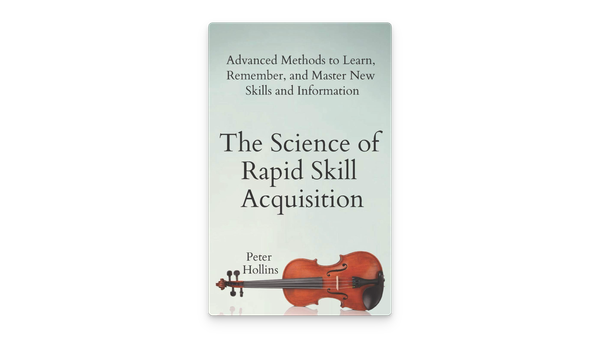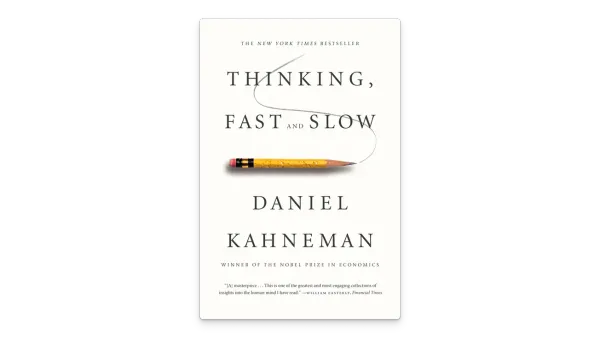“If Something Feels Off, You Need to Speak Up”
••• Over the past decade bystander-intervention training has become a common approach for colleges trying to reduce on-campus sexual assault and harassment. Research has shown that teaching observers to step in when someone is behaving inappropriately or aggressively can reduce such incidents—and in recent years the training has spread beyond campuses to the military and corporations. To understand why companies have begun offering this training to employees, HBR spoke with Asha Santos, an employment attorney who conducts intervention workshops. Edited excerpts follow: HBR: How did you get involved in bystander training? Santos: As part of my practice I’ve been doing traditional sexual-harassment-prevention training for many years. The workshops typically included a small section on bystander interventions. After the #MeToo movement gained momentum, in 2017, Mita Mallick, the head of diversity and inclusion at Unilever, asked me to create an hourlong workshop focused exclusively on bystander intervention. The company wanted to offer practical tools and to move away from the legal compliance issues that dominate traditional training programs. I worked with Unilever to design the curriculum, and it was very well received. Since then I’ve done workshops with several Fortune 500 corporations and also law and public relations firms. My employer, Littler Mendelson, is the largest global employment law firm; that has helped get the word out about the effectiveness of these sessions. Are companies offering bystander training instead of traditional sexual harassment training, or is it supplemental? It depends on the company. I’d say it’s 50/50. Many states have laws requiring or encouraging certain legal curricula that include typical sexual harassment training. But over the past two years I’ve expanded the traditional content to provide more focus on bystander intervention, which now takes probably 20 minutes of a one-hour workshop. When a company chooses to offer a stand-alone bystander-intervention workshop, it sends a signal to employees: The company is serious about this issue. What do you cover in a bystander-intervention workshop? I start by describing the “bystander effect,” which is the tendency to look away or freeze when unexpected or inappropriate conduct is happening in front of you. I describe some psychological studies from the 1960s that identified the phenomenon. We talk about why people don’t intervene when it comes to workplace sexual harassment. The biggest issue that silences people is the potential for personal costs—particularly retaliation. In a sexual harassment situation, how do you want people to intervene? Coworkers should respond by taking whatever actions they are comfortable with that might help. There is no wrong answer. Some people have no qualms about being direct. They have no problem telling someone, “That’s inappropriate. You’re being sexist. You need to stop.” Other responses can be indirect. For instance, in the workshop I show a video of a creepy guy at a holiday party who has focused his attention on a female colleague. We talk about ways to intervene by entering the conversation and changing the subject, distracting the harasser, or moving the person being harassed away. “The biggest issue that silences people is the potential for personal costs.” How do you train people to overcome the tendency to do nothing? Research shows that people respond to instructions, so I directly instruct them in the workshop: If you witness something or sense that something feels off, whether it’s banter or inappropriate jokes or commentary, you need to speak up. There’s also research about the “helping effect,” which describes the contagion that can result when one person offers assistance: Suddenly everyone tries to help. That’s what we’re looking to achieve. If people successfully intervene, should they also report the incident to HR? As a lawyer, I always advocate erring on the side of reporting something. From a legal perspective, the company needs to know about the conduct in order to address it. The bystander shouldn’t be overly concerned about the consequences for the person being reported—let the company make that call. As I mentioned, the major reason people shy away from reporting is that they fear retaliation. I emphasize that retaliation is illegal and against companies’ policies and that employers take that prohibition very seriously. Concerns about retaliation frequently come up during Q&A, and I can understand why. It’s human nature to worry about the cost to yourself—that someone you’ve reported for harassment is going to treat you differently. But reporting these incidents is important. Are there scenarios in which bystanders should be especially attentive? Yes. One is third-party service work, in which professionals are interacting with clients or customers. In this situation people often feel that they can’t respond or intervene, because they don’t want to hurt the business relationship. Another common scenario is socializing outside the office, especially if it involves alcohol. I defend sexual harassment claims against companies, so I have a lot of stories about both situations, and I use them in the workshop. Give us an example. I had a case in which a manager took her team of 15 people out to a restaurant to celebrate their unit’s hitting an important milestone. Everybody had a lot to drink. At some point in the evening the manager asked each person at the table to share a unique sexual encounter. This topic was highly inappropriate, of course, and everyone felt deeply uncomfortable. A couple of people escaped to the bathroom to avoid it. But nobody spoke up to stop the conversation. The next day several employees went to HR and filed a complaint, but that didn’t prevent the people at the table from having to go through this terribly awkward encounter. Someone’s intervention could have prevented significant discomfort. If intervention is aimed primarily at disrupting an incident in progress, and that intervention leads people not to report it, is there an argument that intervening may inadvertently allow such incidents to recur? My experience is the opposite. Many of the claims I see result because some behavior started out relatively minor and was allowed to grow. I call this a _gateway behavior._ When people look the other way during an incident of low-level harassment, it allows the harassment to intensify over time. By intervening early, at the first sign of a red-flag moment, bystanders can break the cycle and prevent the problem from worsening. You and I are speaking during the Harvey Weinstein trial. His crimes went beyond sexual harassment—but have you considered how a bystander intervention might have made a difference in that case? I would like to think that if bystander-intervention training had been popular 15 years ago, we would not have people coming forward with decades-old complaints about someone who has exhibited serial predatory behavior for many years. It is my hope that bystander-intervention training will empower people and make them feel comfortable stepping in before the inappropriate conduct intensifies and becomes a legal issue.




